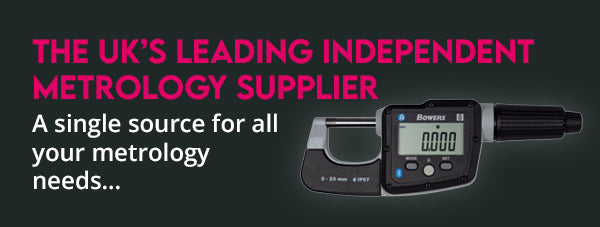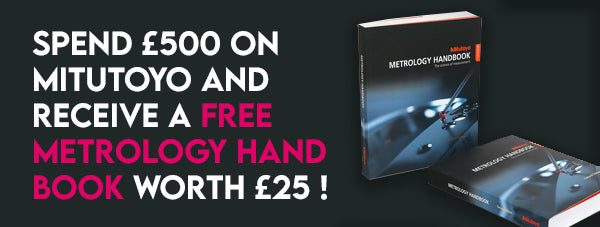50 products


Menu
£0.00
In metrology, feeler strips can be used as precision measurement tools for assessing the clearance or gap between two surfaces. Metrology involves the science of measurement, particularly precise measurement, and feeler strips can play a role in this field in several ways:
Calibration and Verification: Feeler strips can be used to calibrate or verify the accuracy of measuring instruments such as micrometers or calipers. Read more...
In metrology, feeler strips can be used as precision measurement tools for assessing the clearance or gap between two surfaces. Metrology involves the science of measurement, particularly precise measurement, and feeler strips can play a role in this field in several ways:
Calibration and Verification: Feeler strips can be used to calibrate or verify the accuracy of measuring instruments such as micrometers or calipers. By using feeler strips of known thickness, technicians can ensure that these instruments are reading measurements accurately.
Surface Profiling: In surface metrology, feeler strips might be used to assess the roughness or contour of a surface. By carefully inserting a feeler strip into gaps or along surfaces, technicians can determine variations in surface height or texture.
Gap Measurement: Feeler strips are frequently employed to measure gaps or clearances between two surfaces with high precision. This is crucial in applications where tight tolerances are required, such as in aerospace or automotive manufacturing.
Quality Control: Feeler strips can be part of quality control procedures, where they are used to ensure that manufactured parts meet specified dimensional requirements. By using feeler strips to check for proper clearances or fits, manufacturers can identify any deviations from the desired specifications.
Overall, in metrology, feeler strips serve as valuable tools for precise measurement and quality assurance, contributing to the accuracy and reliability of manufactured components and products.
read less50 products


